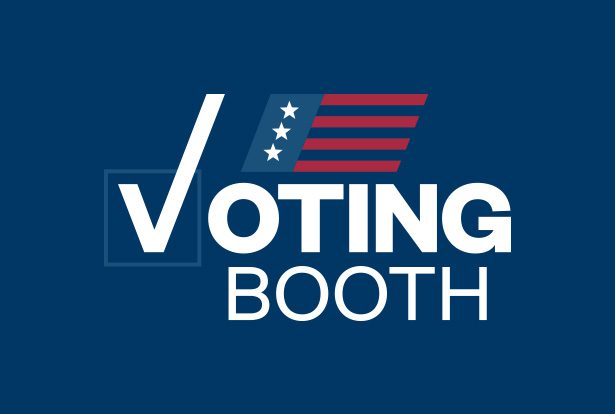Put aside, for now, foreign meddling in U.S. elections, social media propaganda and partisan voter suppression. The newest emerging threat to elections in 2020 is new voting systems that have been insufficiently tested and phased in, but have been debuting in many of 2020’s presidential primaries and caucuses.
Since the Iowa Democratic Party’s presidential caucuses, there has been a string of new technology-based failures and frustrations—despite officials’ and voting system designers’ intentions. The failures share some common elements, from data connectivity issues to machinery breakdowns to poor planning—whether in party-run or government-run contests.
While some defenders of the newest systems praise efforts to counter cybersecurity threats since 2016’s Russian hacking, what is indisputable is that 2020’s opening contests have been marred by hours-long delays, malfunctioning machines and counting issues, frustrating voters, poll workers and campaigns.
The problems are wider and deeper than has been acknowledged. Unless steps are taken to understand what failed and address causes, they could recur in the fall’s even-higher-stakes elections, when voter turnout will likely be double or more than early 2020’s nominating contests.
Election officials who have prioritized cybersecurity in the post-2016 environment may have distracted from planning surrounding the more mundane, human aspects of voting. They assumed new equipment would work and voters would quickly adapt to new poll locations, early voting, new check-in procedures, new balloting and more. But new technology and processes have not always worked.
Voters don’t expect their elections to be hacked. Nor do they expect to wait for hours, see iPads with registration files go down, see costly new ballot-marking devices fail, see paper ballots clog new scanners, and not get honest explanations from officials about what is happening when results are delayed or inaccurate.
If these frustrations seem like expecting too much, the question of “how good is good enough” will resurface in November, when the stakes will be much higher than they are now.
Read more at Truthdig.

